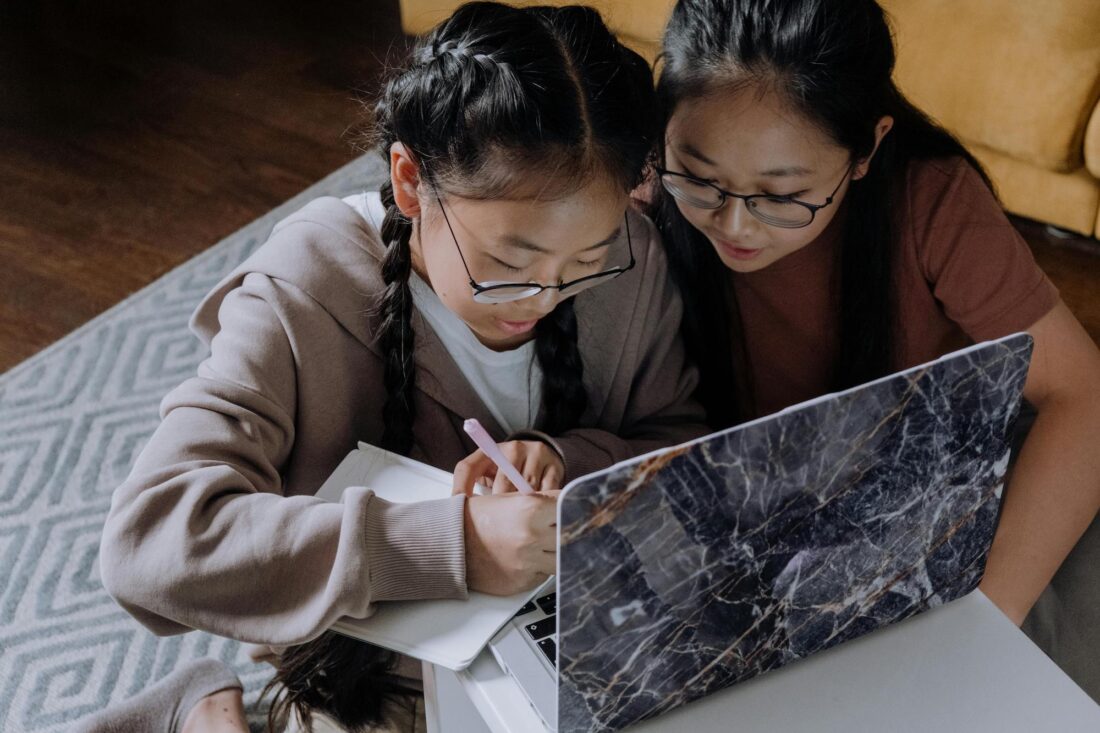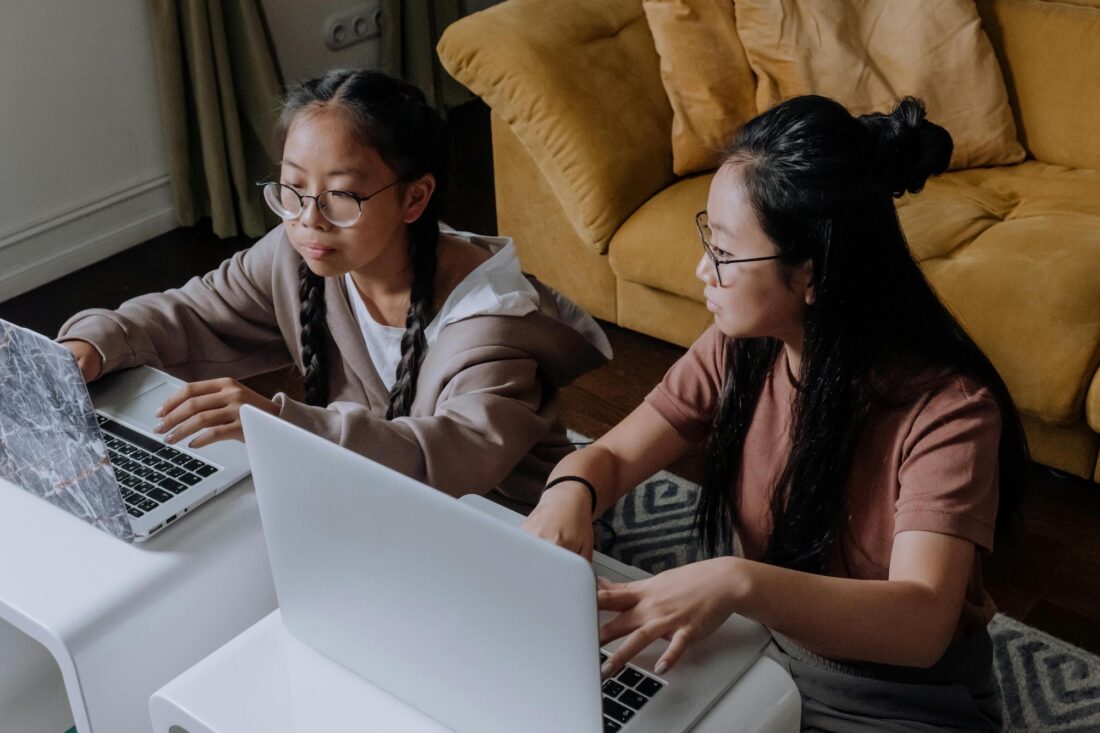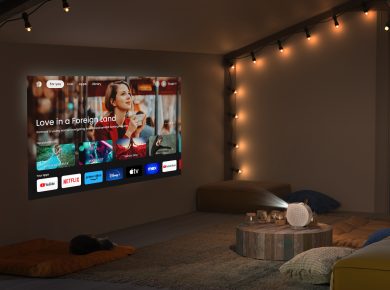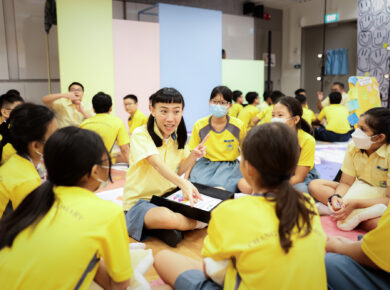On 10 October, World Mental Health Day, we’re reminded that well-being isn’t only nurtured in clinics or classrooms. It is also forged in the digital spaces where our children now learn, play, and connect. Around the world, governments are tightening online safety rules. The UK’s Online Safety Act now obliges platforms to protect children with stronger age-assurance and child-safety duties. Australia is preparing an under-16 social media ban, backed by age verification, even as recent trials and reports stress that there is no single flawless method and raise concerns about accuracy and privacy near the 16-year threshold.
Singapore has chosen a calibrated route. Beyond the existing Code of Practice for Online Safety for social media services, a new Code for App Distribution Services, covering the major app stores, will require system-level measures and age assurance to curb young users’ exposure to harmful content. The Code takes effect on 31 Mar, 2025, and empowers IMDA to require age-assurance measures without prescribing a single intrusive technology. In parallel, under the national Grow Well SG strategy, updated guidance now recommends less than one hour of screen use outside school for children aged three to six, and less than two hours of recreational screen time for those aged seven to twelve.
The intent is clear: protect our children.
However, as any parent knows, online safety is rarely solved by switches alone.

What the numbers say and why they matter
A survey by the Institute of Policy Studies (IPS) found that teens aged 13 to 19 in Singapore spend nearly 8.5 hours a day on devices. This meant around 3 hours for schoolwork and 2 hours for entertainment, and notably, almost 60% cited digital devices as a way to cope with stress, while about half admitted to procrastination due to screen use.
Crucially, about six in ten reported turning to screens to cope with stress, while many also admitted to procrastination. That is not just a technology story; it is a wellbeing story. Controls that reduce exposure are helpful, but unless we address why teens are drawn to certain content and how they process it, we risk treating symptoms rather than causes.
The limits of lockdown
“Blanket bans often backfire,” says Haja Navaz, a psychologist at Sparkz Counselling who works with families on digital habits. In his counselling room, he sees the pattern: rigid, unexplained restrictions can breed secrecy and resistance. Psychology offers a name for this: reactance. When young people feel their freedom is threatened, they push back to reclaim it, and peer dynamics, along with the pull of social validation, amplify that response. In practice, this is why some teens work hard to bypass parental controls: it is about access and autonomy.
Haja argues for a middle path: age-appropriate limits coupled with steady, judgment-light dialogue. He has worked with cases where harsh controls escalated conflict, even driving a teen to run away. “Rules without relationship invite rebellion,” he notes. The goal is not mere compliance. It is to build the internal skill of self-regulation, so young users can navigate persuasive, fast-paced platforms with more awareness and less compulsion.

A parent-educator’s lens: controls with context
For Kelvin Ang, a father of two and founder of The Chemistry Practice, digital safety at home mixes structure with conversation. During school terms, his family has a no-phone rule to protect focus. Devices the children do use run on parental controls and time limits, and child-friendly platforms are preferred but never left on autopilot. “Controls set boundaries; conversations build understanding,” he says. Topics at home range from cyberbullying and online respect to peer pressure and vaping, and the family makes room for offline hobbies so screens do not swallow the day.
Two moments brought the risks into sharp focus.
First, his Primary 6 daughter was using a learning app when an ad with vulgar language appeared. Kelvin resisted knee-jerk punishment and instead unpacked why shock tactics get clicks, how respectful communication works, and why device settings are there as protection rather than penalty. He then tightened the controls and explained the changes.
Second, his eight-year-old son found a YouTube “science experiment” involving household chemicals and wanted to try it. Kelvin’s subject-matter instinct kicked in: the “experiment” was dangerous. “That really shook me,” he recalls. “Even content that looks educational can be misleading or unsafe without adult guidance.” Those episodes reinforced the family’s approach: pair technical safeguards with teachable moments.
What parents worry about and what helps
Kelvin’s concerns mirror those of many families: the addictive pull of games and feeds, exposure to age-inappropriate content, cyberbullying’s hit to self-esteem, and the pressure cooker of comparison that can sap motivation and joy. Underneath it all sits a skills gap. Many children have not yet built the critical-thinking muscle to vet claims, spot misinformation, or sense when content is nudging their mood. That is why Kelvin sees digital literacy as a core competency, not a nice-to-have.
He also sees the value of consistency at home. He and his wife swap notes on new apps, set shared expectations (for example, do not accept friend requests from strangers in games), and treat online safety like road safety: teach rules early, keep communication open, and stay alert together.

Schools and platforms: shared responsibility, not a hot potato
Schools already teach Cyber Wellness within Character and Citizenship Education. The next stride is depth. Beyond “do not share passwords,” students need practice in credibility checks, algorithm awareness, and understanding the emotional impact of likes, comments, and streaks.
In his classes, Kelvin asks students to evaluate online explanations of chemistry, not to shame creators but to learn discernment. It is a habit they can take beyond the lab.
Platforms and app stores, meanwhile, must shoulder their share of the responsibility. Singapore’s new app-store Code pushes age assurance and system-level mitigations where individual families cannot, providing useful guardrails in a sprawling ecosystem. But tech fixes are not magic wands. As Australia’s trials demonstrate, age-assurance methods vary in reliability and can raise concerns about privacy and equity. High-assurance approaches such as document checks may be effective yet burdensome. Policymakers should keep the toolbox broad and transparent, and pair regulation with public education so families understand what data is used and why.

What a realistic, kid-centred approach looks like
Taken together, a workable model rests on three legs:
- Access control: Smarter defaults on platforms and app stores; age-appropriate settings; device-free bedrooms and charging spots outside sleep spaces; small friction points such as app limits or grayscale that make overuse inconvenient without turning tech into contraband. Families can implement the home pieces today; the Code moves the ecosystem pieces along.
- Education: Start early: the internet is a tool, not a toy. From primary levels, teach “smart scrolling,” online kindness, when to log off, and how to check claims. Use peer-led discussions, since teens often hear peers better than adults, and equip parents to spot early warning signs so interventions are timely and empathetic.
- Shared responsibility: No single actor can “fix” the feed. Platforms design safer rails, schools cultivate judgment, and families model habits and keep conversations going, especially about the emotional side of being online, which many digitally competent adults still underestimate.
Policy without panic, parenting without fear
Do stricter age-gates help? They can, especially for younger users, but heavy-handed bans risk driving behaviours underground. Kelvin supports stronger safeguards and better verification, so long as privacy is respected and systems are transparent. Ultimately, though, both he and Haja arrive at the same destination: tech can assist, but it cannot substitute trust, skills, and steady guidance.
If our north star is mental health, the most protective setting is not buried in an app menu. It is the climate at home and in school, one where limits are clear, feelings are discussable, curiosity is welcomed, and kids practice the small, daily acts of self-control that add up to digital wellbeing.
This World Mental Health Day, the better question is not how tightly we can lock things down, but how ready our children feel to navigate what inevitably gets through. Controls reduce risk. Conversations build resilience. Our kids need both.
Images: Pexels









